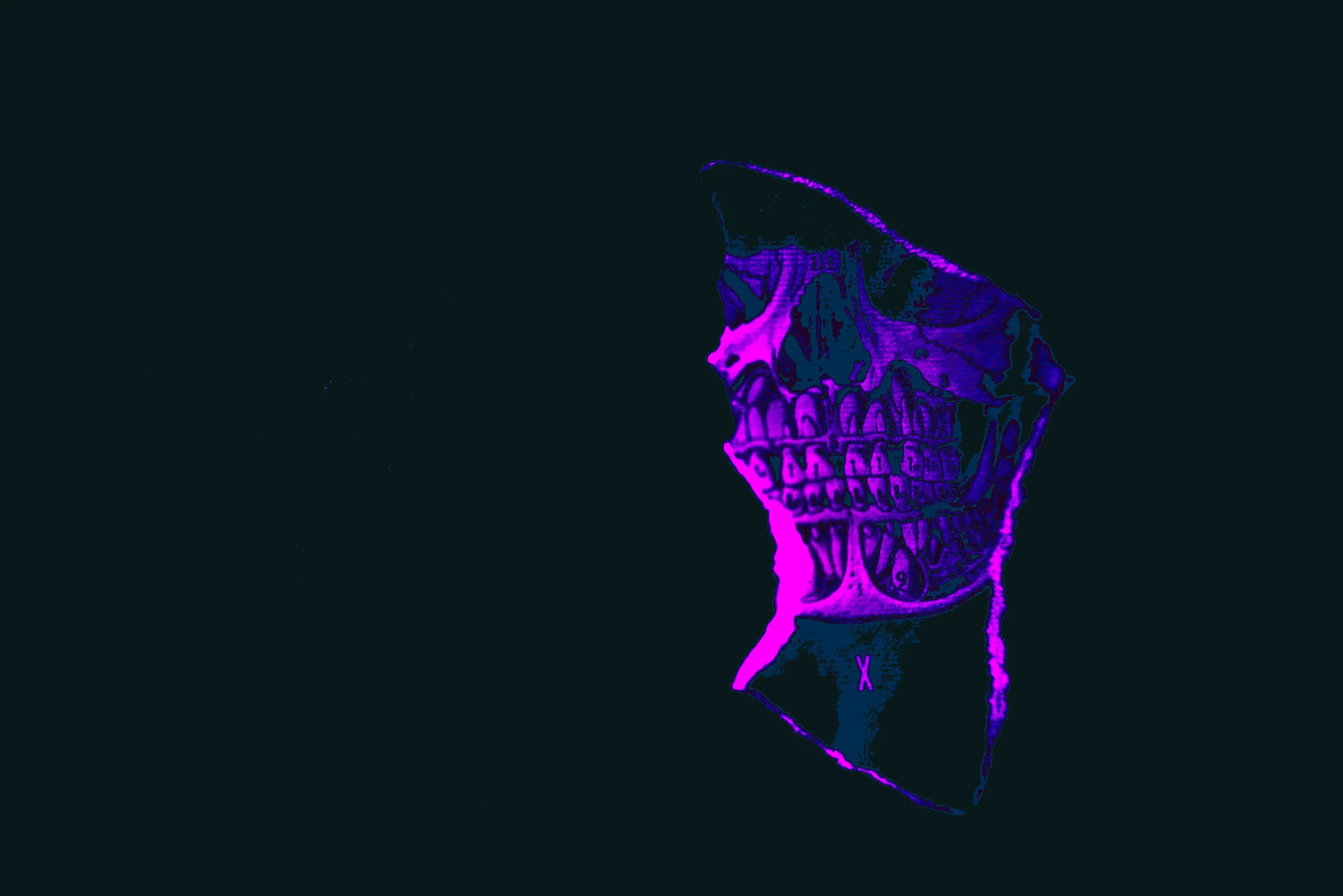photo and personal essay: katalin pusztaszeri
UNDERSTANDING ABNORMALITIES IN ART
I can feel the strange granulous density in the thin air; static particles of the atmosphere are scuffling, hissing and fizzling around myself. I am about to pressing some idea-chunks out from this old-grey matter. Maybe I am not forcing creation hardly enough.
My thoughts are rigid and hasty like motions of a psycho-killer when pulling the trigger and firing a gun, my anticipations are tense and cold like vengeful emotions of a plaintiff dragged to the court. In reality, my hands are shaking and sweating...I am sure in the next moment I would freak out from the sound of the shot and the jolt would probably jerk me back in the ground whilst my eardrum became ruptured as an aftermath of a sock.
Some words like bullets touch the bull's eye, but mostly miss target and fall into the ground.
This uncertainty evokes prompt criticism: Am I able to meet with my own artistic expectations?
Even arising questions concerning my own personality and creative expertise in which strange attitude or deviant thinking could take leading part.
This inner pressure is catering upon the mental constraint of how an artist is defined her or himself. Qualities like compulsion for non-conformity, inclination to oddity or other behavioral deviances, as different forms of strangeness commonly promote artistic attitude.
These elements are mandatory driving forces towards the acquisition of the “artist role” in our caste system and strangeness as a quality, is a required minimum factor in calling your products as “works of art”.
It is a big generality that art doesn't exist without the strange, the unusual, the bizarre or the grotesque.
However the word "strange" or "being strange" are painfully outdated and overused formulas...yet, key elements of the artistic allurement.
Being a freaky artist means you get an immediate entry ticket to the club, supposes the fact you own a boarding pass for a roller-coaster ride, or maintain a badge you had well deserved in a scout camp.
For the average, art symbolizes weirdness itself.
If you do not have the aptitude of acting freak...you should "abandon all hope ye enter here"... or you should not...if you are able to acquire some skills or feelers to detect where real strangeness is coming from...you can regenerate the degenerated or just copy-paste the weird you might thrive with your art as long as the public takes or accepts it.
An extreme artistic behavior can be learned or even acquired.
Even in those cases where specifically negative physical and/or mental background presume the originally unusual attitude of a person, oddity is not enough, the bar had been set much higher for long time in the so-called creative life. The physical pain or any other forms of mental disturbances could not work as an everlasting booster of your own creativity. Simulation with lemon bites or psychotic substances would not help you out forever.
The art world is always spinning around the extraordinary. Most of the people are falling out accidentally from this merry-go-round. In this accurately created and carefully dosed false reality where uniqueness is a tool, artwork is a product, and the built story (your life) is no more than a byproduct…all come and go easily.
Abnormalities have to reshape themselves time to time by forming strange creepy constructions in the art society. These creations are reproducing, mutating or transforming, meanwhile permanently extruding real life from the sides and beyond.
Your whole existence become a part of this long-legged expanding amoeba…and its plasma-like texture you find yourself slowly drowning in.
But…How could you keep yourself out from its domineering effect?
How could you turn your creepiness into “art” without eviscerating yourself?
How could you maintain the flow without pushing your brain cells into the edge?
No way, all of these are hypothetical questions and reflexes.
about the writer and artist: katalin pusztaszeri
Katalin Pusztaszeri is an art professional and photographer living in Budapest, Hungary. She started taking photographs in 2013, as a part of her recovery from a spinal cord surgery. In the beginning, she used photography as neuro-feedback to alter her attention from pain and anxiety. She realized that by means of creation, she has been able to release all of the suppressed and latent feelings she felt were clogged in her body throughout the years. At this point, creating pictures has become an urgent and utmost need to convey her thoughts and ideas toward the outside world.





